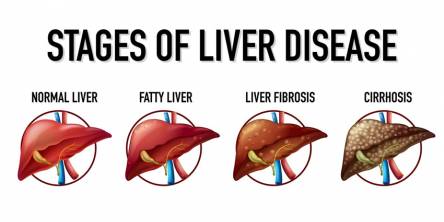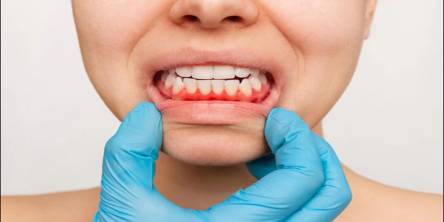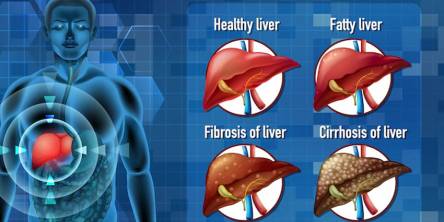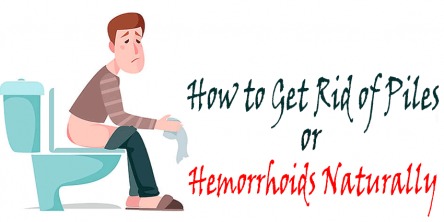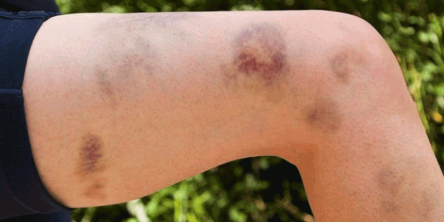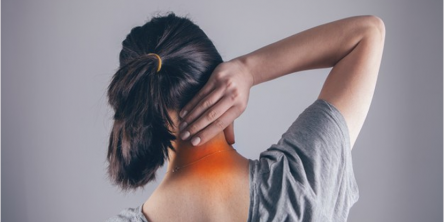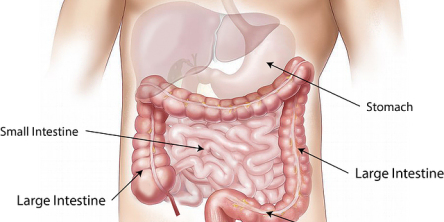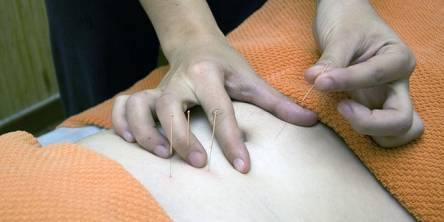Sacroiliac Joint Dysfunction Pain Management Options
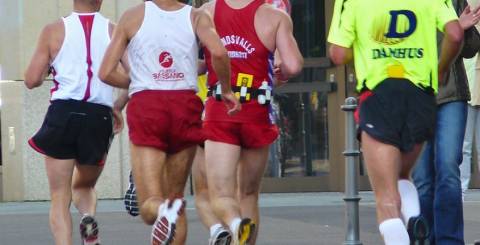
If you’ve never had pain in your sacroiliac joint, you probably have no idea what that is or where it is. At the bottom of and next to the spine is the sacroiliac joint. It is right above the tailbone and just below the lumbar spine. The sacrum is connected by this to the pelvis (iliac crest).
When somebody is having chronic leg and low back pain, it is often diagnosed as Sacroiliac Joint Dysfunction. The pain in the leg can be difficult to diagnosis as such because it feels similar to sciatica and sometimes the pain is caused by a lumbar disc herniation. If it is the Sacroiliac Joint, pain management is crucial to the person suffering.
Sacroiliac Joint Dysfunction treatments, more commonly referred to as SI joint pain, are normally conservative. Done without surgery, the focus is to reinstate normal motion in the SI joint. Some of the typical pain management treatments for pain management are:
• Ice, heat, and rest
Initial pain management treatment will include applying cold packs every fifteen to twenty minutes. This is done to diminish inflammation and the patient is instructed to rest during this time. Dependent upon how intense and sharp the pain, the patient may be advised to continue this treatment for as short as two days and for as long as two weeks.
As the pain eases and the inflammation improves, the patient may be instructed to apply heat in between the cold applications. After inflammation has reduced, the patient can gradually return to their normal activities.
• Medications
Acetaminophen is the first step of pain management treatment that is recommended by most primary care doctors. They may also recommend the patient have a regimen of anti-inflammatory medication like ibuprofen or naproxen. This will reduce any swelling that may be contributing to the patient's discomfort and pain.
• Chiropractic Therapy
The manual manipulation that can be provided by a chiropractor or an osteopathic doctor has been proven to be highly effective for Sacroiliac Joint Dysfunction. This is especially true when the SI joint is fixed into a wrong position. This is accomplished by several different methods that hypermobile the SI joint like blocking technique, drop technique, side-posture manipulation, and methods that are instrument guided.
• Braces or Supports
When the SI joint has slack or is hypermobile, a brace that is approximately the same size of a wide belt will be wrapped around the patient’s waist and pulled snug. This stabilizes the area and has proven to be very helpful for inflamed joints. As the inflammation calms down, the patient will slowly wear the belt less and less.
Exercise and Physical Therapy
To strengthen SI joint muscles, a patient will be recommended to start a controlled and gradual physical therapy. The goal is to not only strengthen the muscles that are around the sacroiliac joint Abut increase the range of motion too. A gentle and low impact aerobic exercise increases the flow of blood to the area which stimulates the healing. For patients with severe pain, the doctor may recommend water therapy for pain management. Water offers buoyancy for the patient’s body and will reduce the stress on the joint.
• Sacroiliac Joint Injections
The primary reason for these injections is for the doctor to decide if the SJ is actually the cause of the pain. It also is a form of pain management because it provides the patient immediate pain relief.
Part of the injection is an anesthetic that is injected at the same time as the anti-inflammatory medication. It will help to reduce the inflammation that is around the joint and alleviates the patient’s pain. Afterward, the patient will have immediate pain relief and can start a physical therapy program as well as return to their normal activities.
Similar Articles
Fatty Liver Disease (Steatosis) is a common condition which denotes the excessive accumulation of fat in the liver. The liver is located in the upper right-hand portion of the abdominal cavity on the stomach, kidney and intestines. The liver is the major metabolic organ which is found in vertebrate animals
According to the World Health organization (WHO), Mental disorders are on the rise in this era, every one in eight individuals is suffering from a mental disorder. There are a variety of mental health disorders
Nowadays dental problems are so common in day-to-day life we know someone who is suffering from dental problems or sometimes it happens to us only
Burger, Pizza, Cold-drink, Sweets, Chocolate, Fries, Samosas, I know your mouth is watering after reading this, right?. But do you know how it is destroying our digestive system and especially our liver
People are pursuing their objectives and dreams with such savagery that they neglect to do the basic things right. The developing rivalry in working environments and the requirement for steady proficient improvement are what shapes our lives
Nowadays many people are suffering from thrombocytopenia or ITP. This is basically a condition of low platelet count. After listing the name of this disease, few questions arise in the mind of everyone. What are platelets, what is their significance in the body, what are the possible consequences of reduced platelets?
Fibromyalgia is a chronic pain disorder that is very common as well as complex affection for the patient physically, mentally, and socially as well. It is a type of neurosensory disorder that shows symptoms like stiffness in the joint, widespread muscle pain, and fatigue
How long does it take to do the digestion? The digestion period differs from person to person, just as it changes between men and women. The average transit time through the large intestine or colon is about 40 hours, with a significant difference between men and women. In men, it takes 33 hours and 47 in the case of women.
Acupressure is a technique applied in most Asian countries, also known as acupressure. It is derived from acupuncture and differs from it since without the use of needles it manages to strategically stimulate the energy points through massages performed with the fingers

